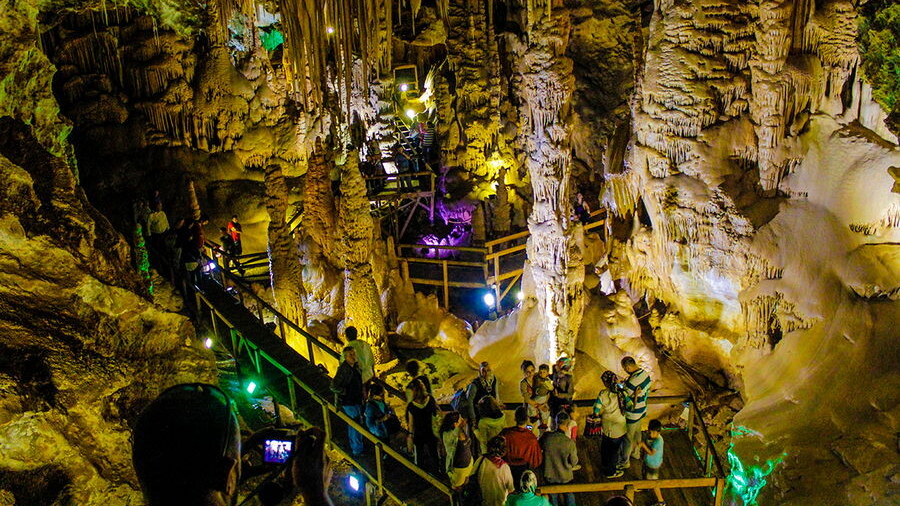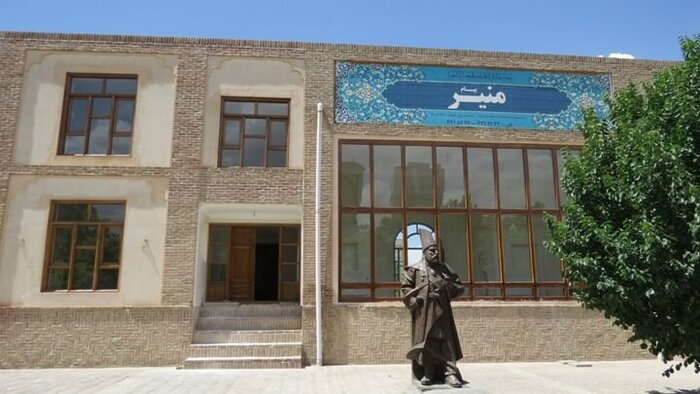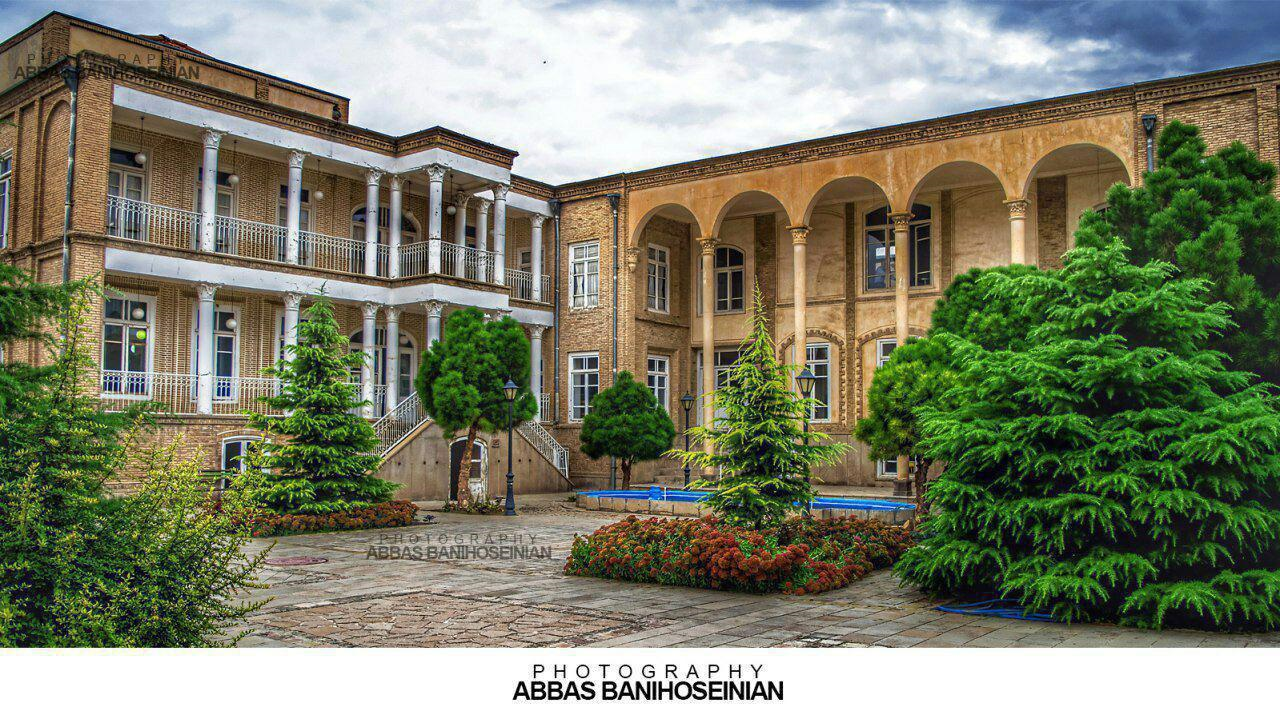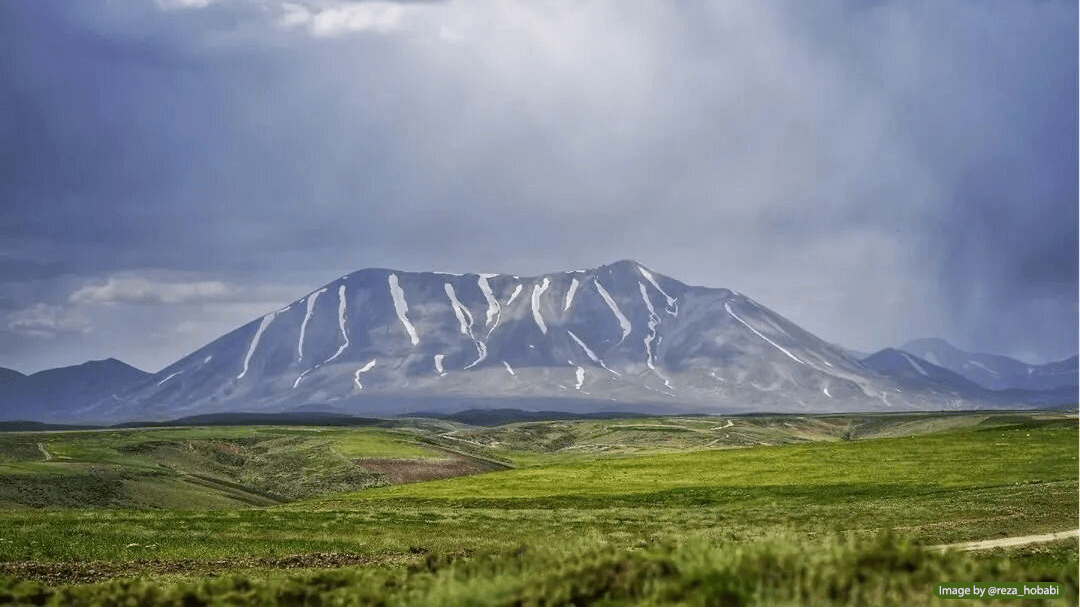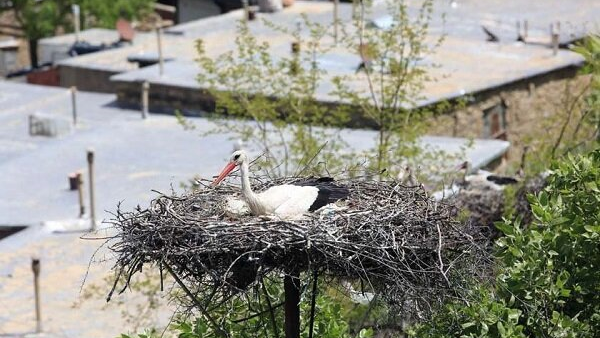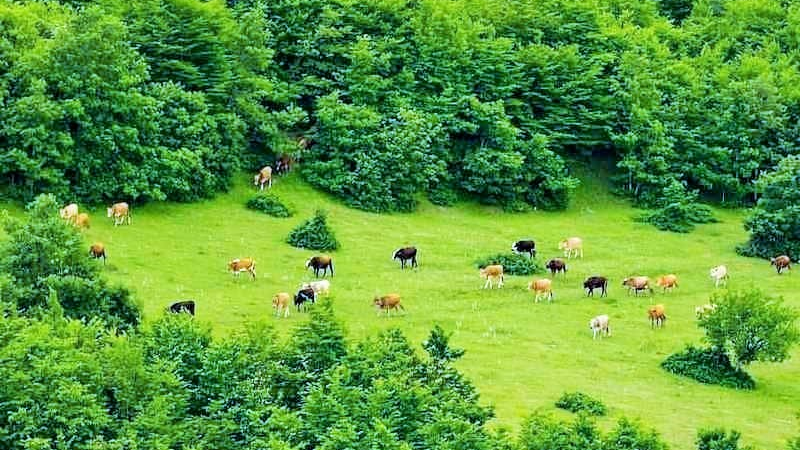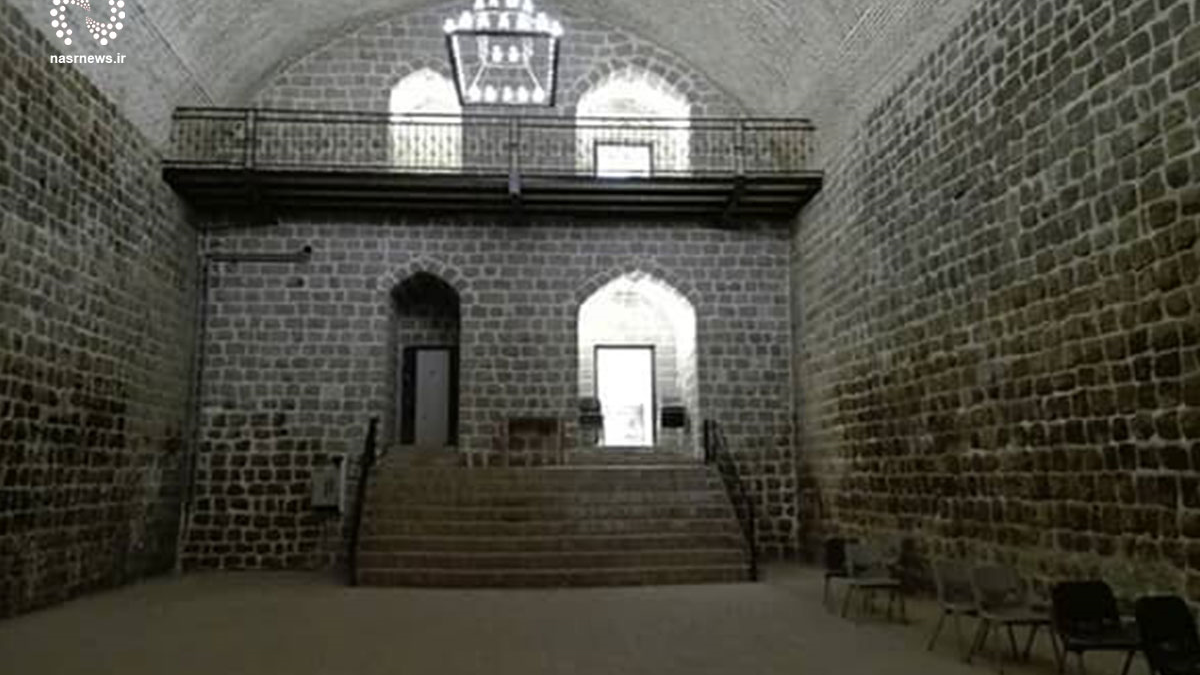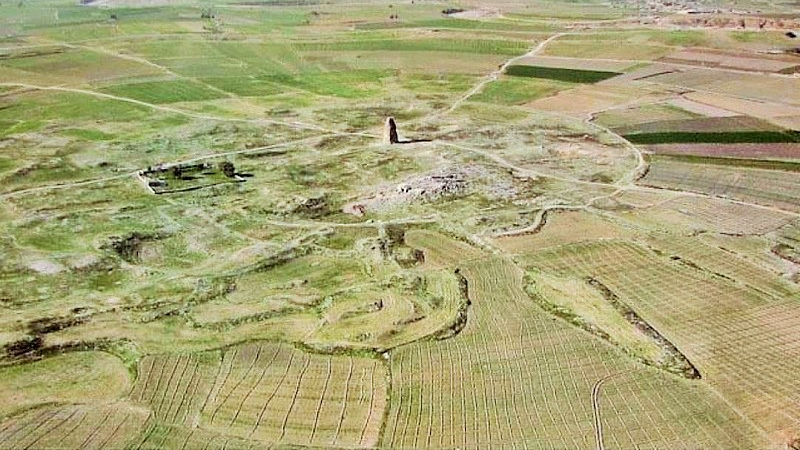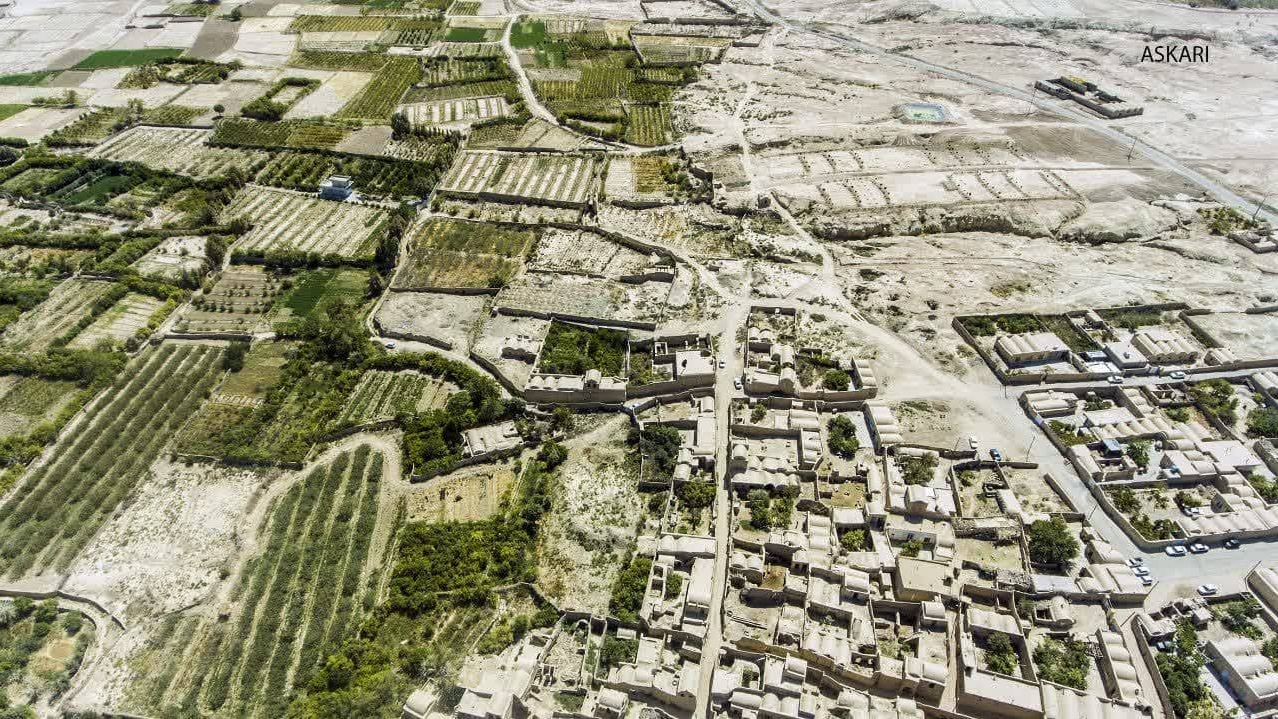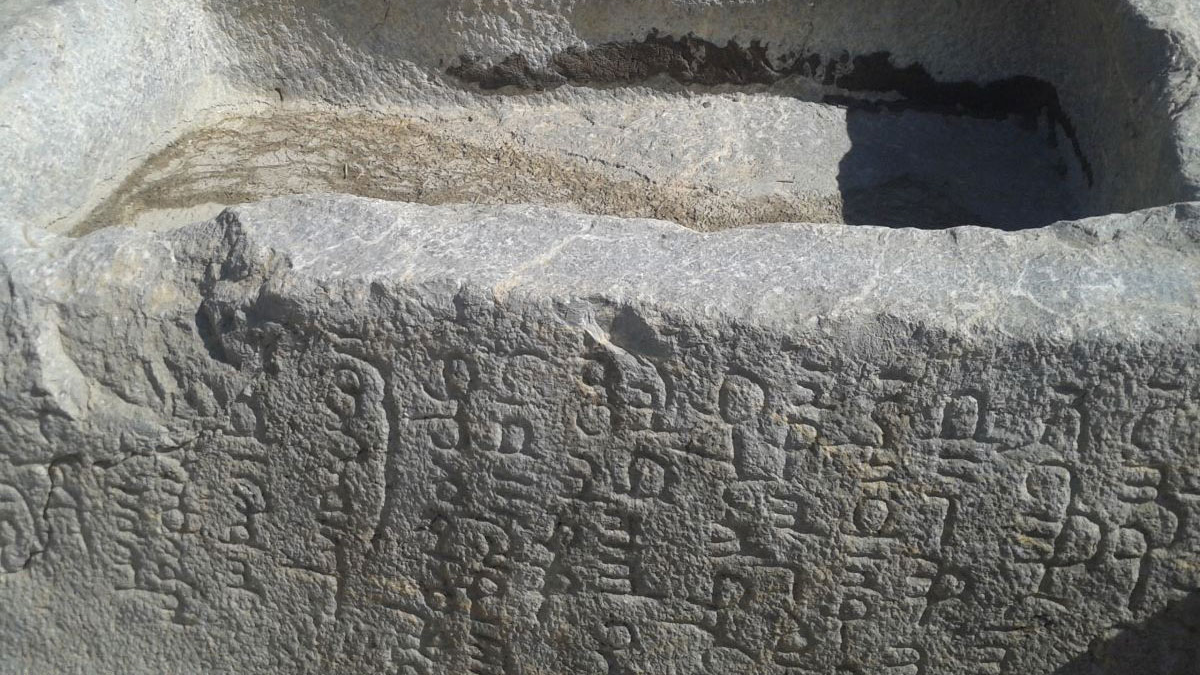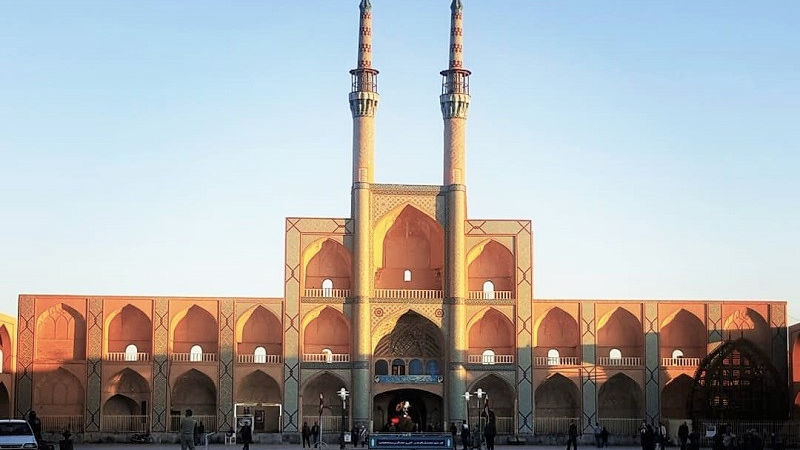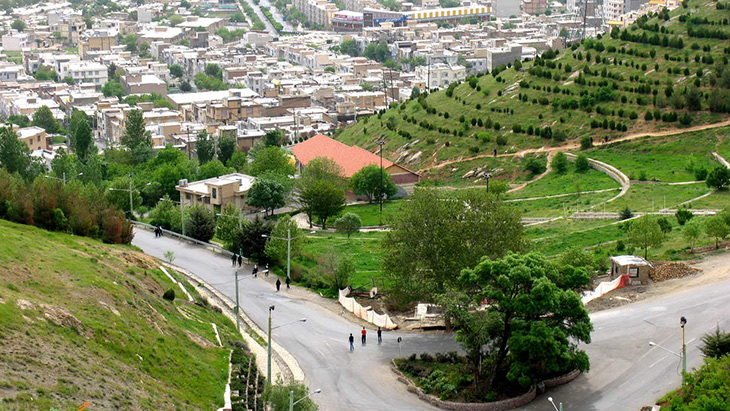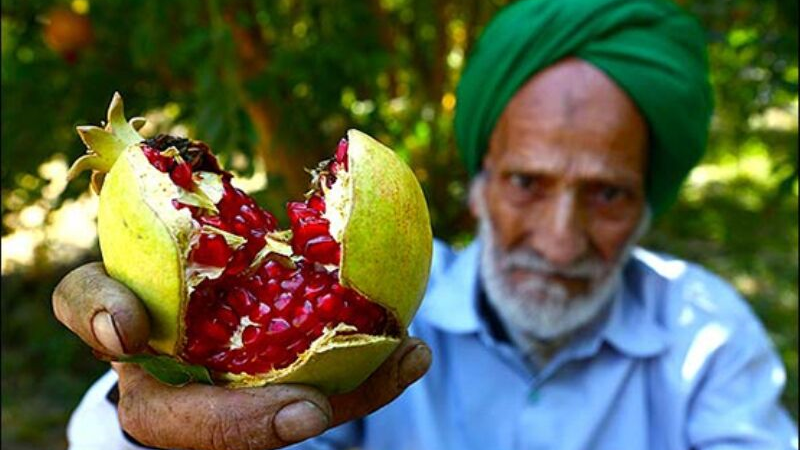The garden alleys of Abyaneh

Abyaneh: Walking Through a Village That Has Preserved Its Historical Authenticity
Abyaneh: Walking Through a Village That Has Preserved Its Historical Authenticity
In today’s world, where modernity has erased many subcultures and unified the way people live across the globe, finding a place that has preserved both its historical fabric and traditional way of life is truly rare. Yet, in Iran, there are places like the village of Abyaneh, where everything has remained authentic and traditional, a village whose visit leaves an unforgettable memory in the minds of travelers.
Abyaneh: History, Geography, and Culture
Abyaneh is located 40 kilometers northwest of Natanz and 70 kilometers south of Kashan, in the northern part of Isfahan Province, along the Barzrud River. Human settlement in this area is estimated to date back around 1,500 years. However, due to the lack of sufficient evidence, it is difficult to determine the village’s exact age. Nonetheless, experts consider the existence of a temple dedicated to the Mithraic faith near the village as an indication that Abyaneh dates back to the pre-Islamic era.
Abyaneh’s geographical conditions have made it a fertile region, with many lush orchards spread throughout the village. In addition to agriculture and horticulture, livestock breeding is also one of the main occupations of the people of Abyaneh. Carpet weaving is among the most important local handicrafts.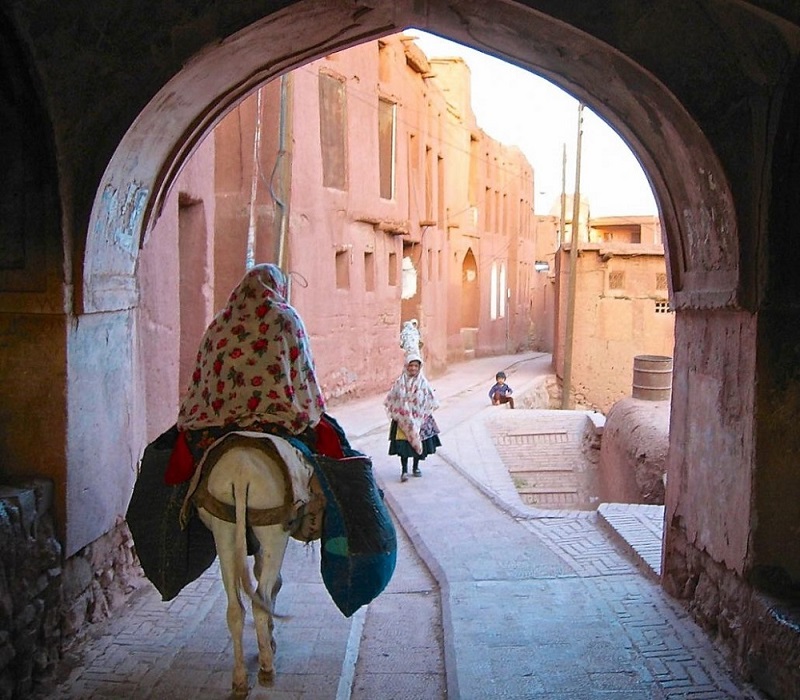
The traditional lifestyle of the people of Abyaneh
What has made Abyaneh famous is the traditional lifestyle of its people, which can still be seen after several centuries in their traditional clothing. In addition, the villagers speak a distinct dialect that is not found in the surrounding regions. Abyaneh also differs from other areas in the way its rituals and ceremonies are held. Throughout the village, there are several shrines, among which the mausoleum of Bibi Zubaydeh is one of the most well-known. Her shrine, which is said to be a descendant of Imam Musa al-Kazim, the seventh Shia Imam, is located in the southeastern part of the village.
Yahya and Isa, two other descendants of Imam Musa al-Kazim, are buried in a shrine located in the eastern part of the village. These mausoleums feature a large courtyard with a pool and an octagonal dome, distinguishing their architecture from the other buildings in Abyaneh. The village is also home to several mosques, the most famous of which is the Jameh Mosque (Masjed-e Jameh). The mosque’s prayer hall floor and its mihrab are made of wood. According to experts, the mihrab dates back to the Seljuk period. It is beautifully decorated with floral patterns and carvings of verses from Surah Ya-Sin in Kufic script.
Architecture and Urban Design of Abyaneh
The construction style of the houses in Abyaneh is such that, from a distance, they appear as a unified complex of multi-story buildings. However, the actual structure of the village is terraced — meaning the roof of each house serves as the courtyard of the house above it. This distinctive architectural style is common in Iran’s mountainous regions, and similar examples can be found in the northern and western parts of the country. Such a design allows residents to make better use of the limited space and steep slopes of the mountains for building their homes.
The construction style of the houses in Abyaneh is such that, from a distance, they appear as a unified complex of multi-story buildings. However, the actual structure of the village is terraced — meaning the roof of each house serves as the courtyard of the house above it. This distinctive architectural style is common in Iran’s mountainous regions, and similar examples can be found in the northern and western parts of the country. Such a design allows residents to make better use of the limited space and steep slopes of the mountains for building their homes.
Since mountainous areas experience long, cold winters, this architectural structure helps facilitate easier communication among residents and allows homes to retain heat more efficiently. In the past, when towns and villages were vulnerable to attacks by invaders or wild animals, this style of construction also provided greater security for the inhabitants.
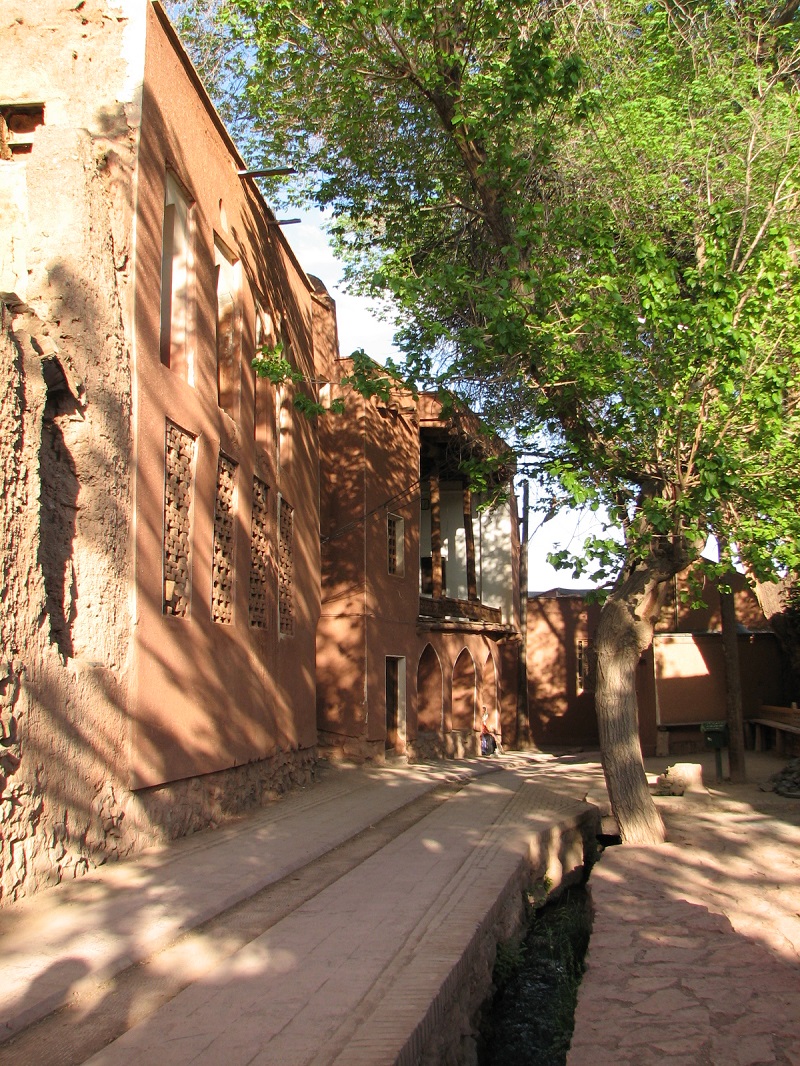
The village’s long history has made it possible to observe traces of Iranian architecture from various historical periods. Some patterns from the Sassanid era (3rd–7th centuries CE), the Seljuk era (11th–12th centuries CE), and the Safavid era (16th–18th centuries CE) can be found in Abyaneh. The houses in the village are mainly built from wood and adobe. The use of clay in the walls has given Abyaneh its characteristic ochre-red color. The doorframes, windows, terraces, and most roofs are made of wood. The doorways often feature arched vaults, and the alleys are narrow and winding. Walking through the old lanes of Abyaneh—where the branches of trees intertwine above the buildings to form green tunnels—is an experience unlike any other.
National Registration of Abyaneh Village
Abyaneh was inscribed on Iran’s National Heritage List in 1975 (1354 in the Iranian calendar).
| Name | Abyaneh: Walking Through a Village That Has Preserved Its Historical Authenticity |
| Country | Iran |
| State | Isfahan |
| City | Natanz |
| Type | Historical,Natural |
| Registration | National |
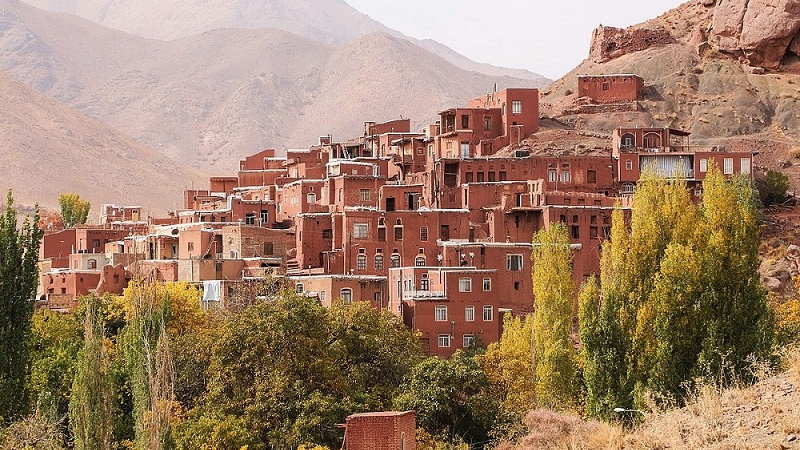
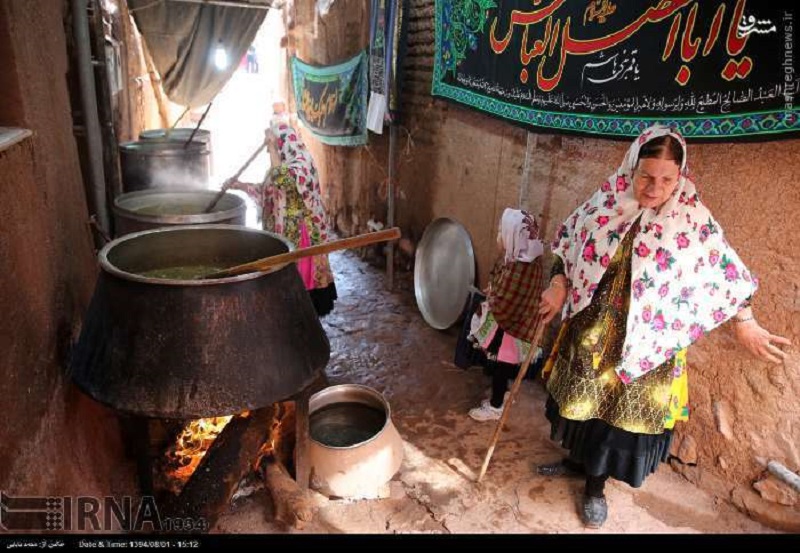
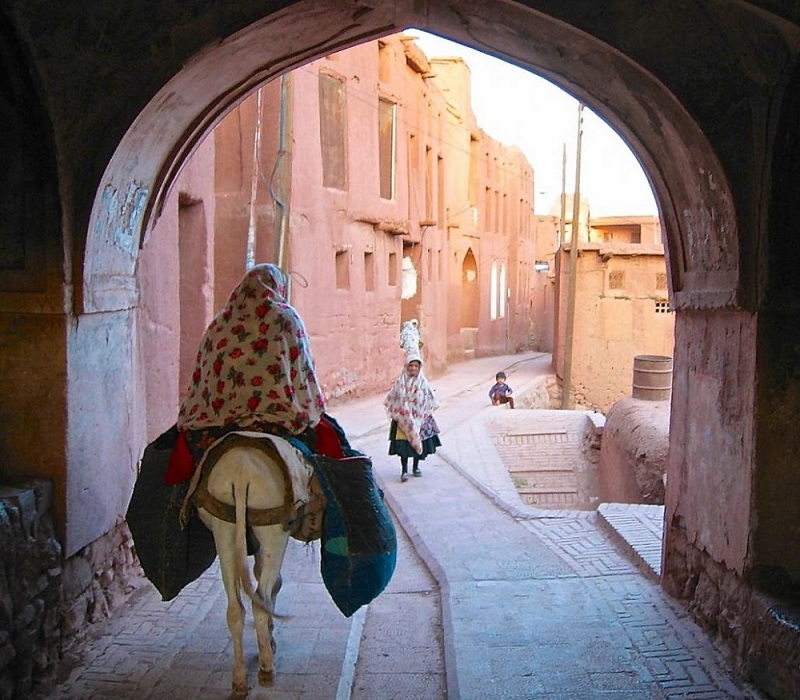
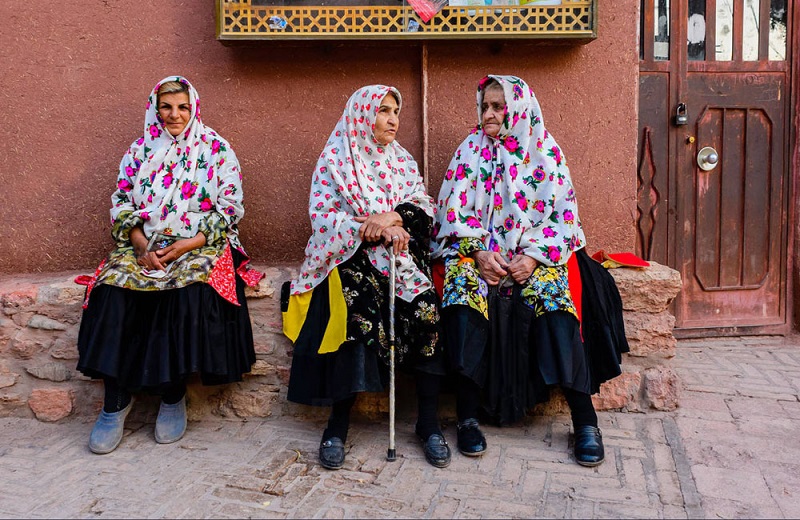
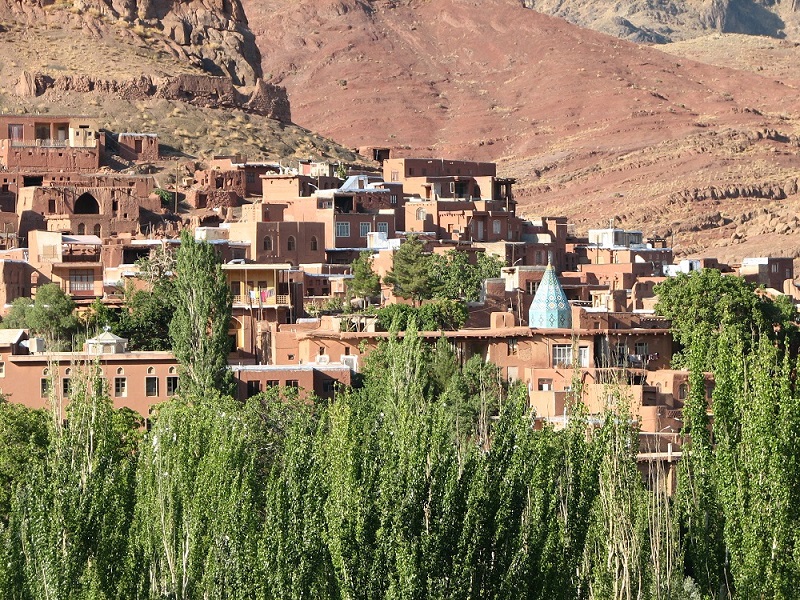
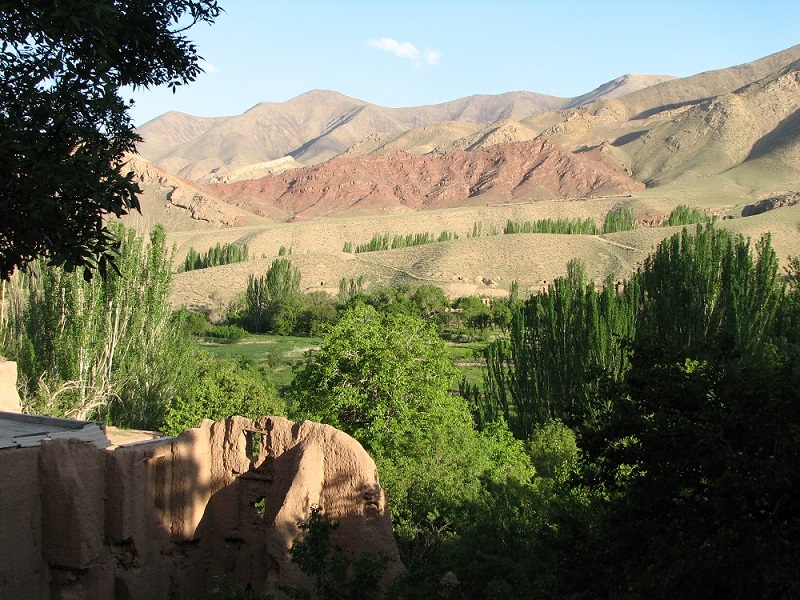
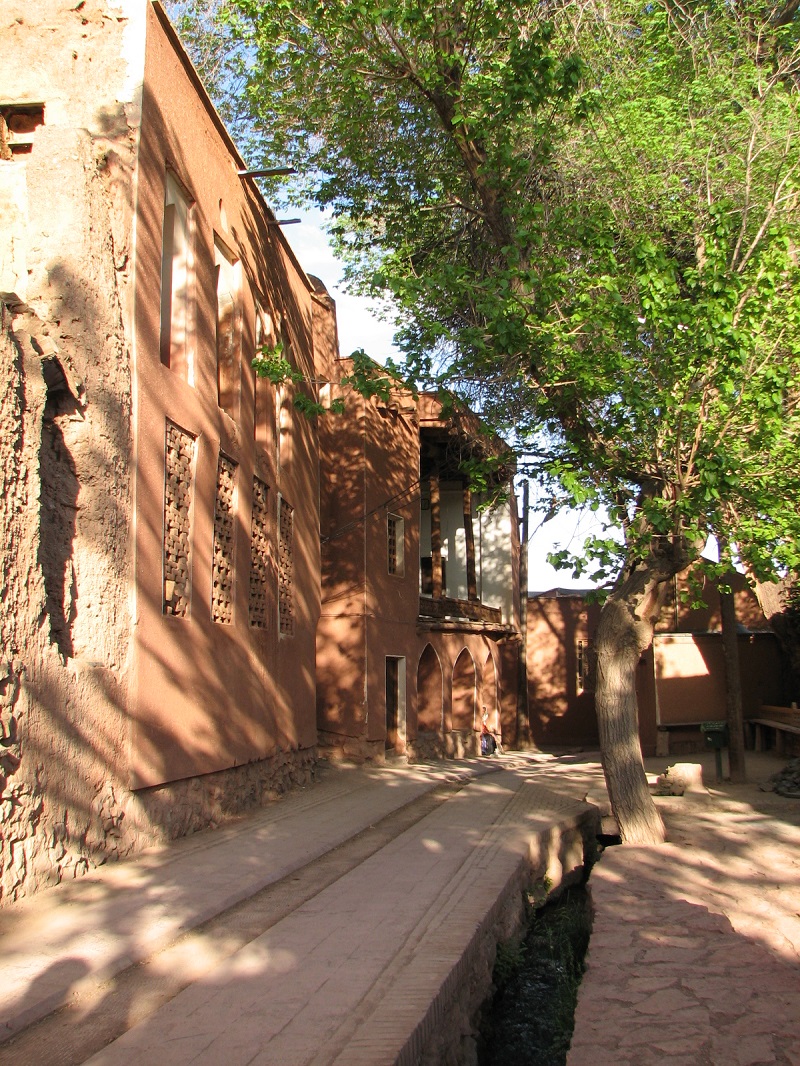







Choose blindless
Red blindless Green blindless Blue blindless Red hard to see Green hard to see Blue hard to see Monochrome Special MonochromeFont size change:
Change word spacing:
Change line height:
Change mouse type:

